Odds, context, and how these teams match up
Two ranked brands. One prime-time stage. And a line that screams respect for the home field. Notre Dame is a 6.5-point favorite over Texas A&M for Saturday night (Sept. 13, 2025, 7:30 p.m. ET, NBC) at Notre Dame Stadium, with a moneyline around -270 and a total hovering between 49.5 and 50.5. That pricing implies something like 28–21 or 30–20 in the market’s mind—steady offense, stout defense, not a track meet.
Texas A&M walks in 2-0 and confident after back-to-back wins where the offense looked balanced and explosive at the right moments. Quarterback Marcel Reed has been the difference-maker through two games, and not in a single-thread way. He’s punishing defenses both through the air and on the ground, which changes how teams can defend the Aggies on early downs.
In the opener against UTSA, Reed completed 22 of 34 for 289 yards and four scores, then added 39 rushing yards on eight carries. Against Utah State, he dialed it back a bit but stayed efficient—19-of-28 for 220 with three touchdowns and a rushing score in a 44-22 win. That’s seven passing touchdowns in two weeks, plus real value as a runner. This isn’t window dressing; defenses have to account for his legs in the red zone and on third-and-medium.
The Aggies’ backfield has been a committee with upside. Rueben Owens got on the board in Week 1, and Le’Veon Moss led the way in Week 2 with 68 yards and a touchdown on 10 carries. That split helps Reed—play-action looks cleaner, and the RPO game has some teeth. When the run is credible, Reed can push the ball to the edges without forcing hero throws into tight windows.
On the perimeter, Mario Craver has stepped right into a WR1 role. He torched UTSA (8 for 122 and two scores) and followed it with five for 114 and another touchdown against Utah State. KC Concepcion has been the chain-mover with steady volume and timing routes that keep Reed on schedule. That pairing matters against Notre Dame’s defense, which typically wants to squeeze explosives and make you execute 10-play drives.
Notre Dame’s situation is simple: the Irish are 0-1 and desperate to avoid a hole that would make their playoff path thin. At home, under the lights, the expectation is a response. The number tells you bookmakers believe they’ll get it. Laying 6.5 against a ranked, unbeaten visitor isn’t timid.
How does Notre Dame get there? Start with the ground game. Jeremiyah Love is the point of attack, and everything flows better for the Irish when they’re ahead of the sticks. He’s the kind of back who can wear down a front over four quarters—patient early, more explosive late when linebackers get nosy and safeties start cheating. Expect Notre Dame to test the edges and then hammer inside when A&M lightens the box to deal with play-action.
For the Irish passing game, the key is rhythm more than fireworks. Hit the intermediate throws, win first down with quick-game, and set up shot plays off heavy looks. If they can sell run and yank safeties forward, the posts and deep crossers will show. The Aggies haven’t faced this step up in physicality yet. UTSA and Utah State are fine tune-ups. This is different—better trench play, better secondary depth, tighter windows across the board.
That’s the line in the sand: the trenches. Texas A&M brings speed and pursuit, especially at the second level, but Notre Dame’s offensive line at home usually tilts time of possession and short-yardage success. If the Irish get their double teams to the second level and keep Reed on the sideline, the Aggies’ play volume drops and the game moves toward Notre Dame’s script: 9–11 drives, long fields, high-leverage red zone snaps.
Special teams can swing a number like this. Field position matters when both defenses can force punts. Notre Dame tends to be comfortable winning a game in the 27–31 range with good kick coverage and makeable field goals. Texas A&M needs to flip the field with at least one return or force a short field off a turnover. That one extra possession at midfield can be the difference between 24 and 31—exactly where spreads are decided.
The total near 50 fits the matchup. You have one team that wants balance and control (Notre Dame) and another with a dual-threat quarterback and live receivers (A&M). If either side hits two explosives over 35 yards, the over starts to lean. If both teams squeeze explosives and settle for red zone field goals, the under stays in play longer. The first quarter should tell you a lot: tempo, substitution patterns, and how aggressive Notre Dame is on early downs.
Put it together and you see why this number sits where it does. Notre Dame is priced like the more trustworthy team in a physical game. Texas A&M is priced as dangerous, but unproven against this class so far. That creates value in a few props where usage and game script line up.
And yes, this is a stakes game. Fall to 0-2 at home and you’re fighting uphill all year. Win here, cover, and you steady the ship fast. That urgency shows up in play-calling—especially in the low red zone where field goals feel like losses.
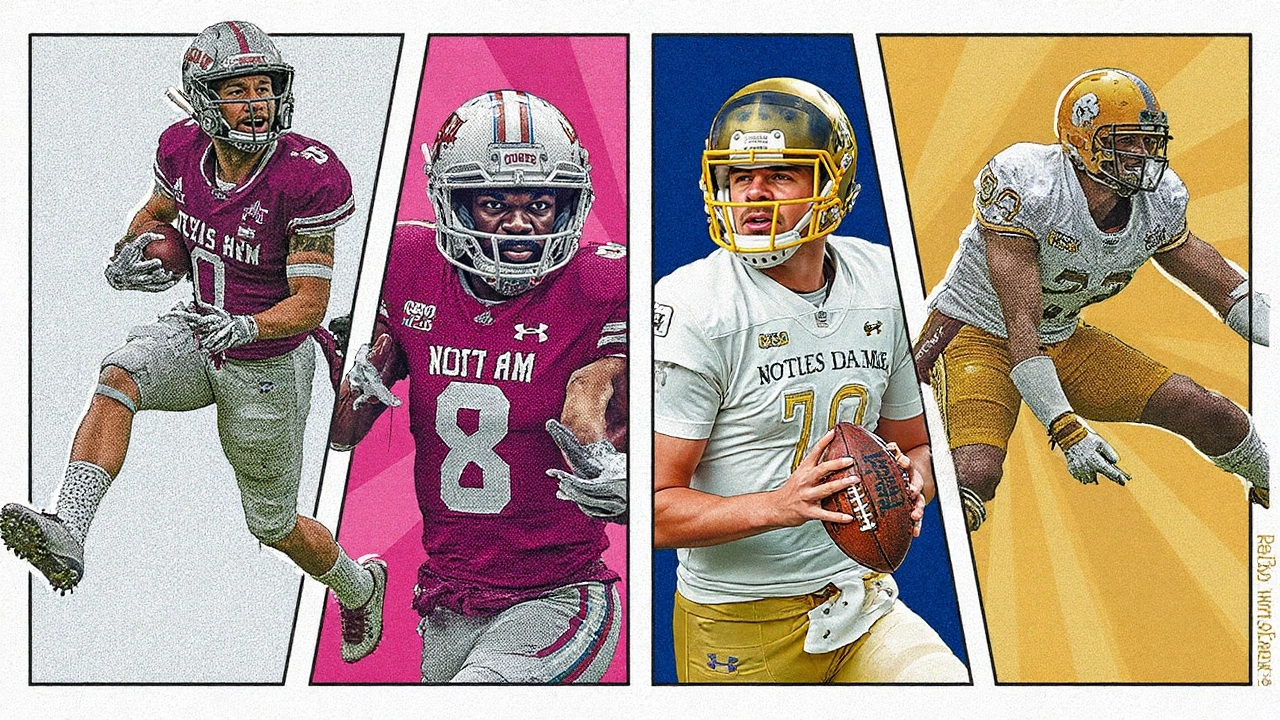
Best bets and prop picks for Week 3
The market has circled a handful of numbers that make sense with what we’ve seen on tape and in the box scores. These aren’t dart throws. They’re tied to volume, role, and likely game script.
- Marcel Reed over 236.5 combined passing and rushing yards (around -114)
- Jeremiyah Love rushing yards over (lines ranging 76.5–79.5)
- Notre Dame team total over 27.5 (about -125)
Why Reed’s combined yardage? Because you don’t have to guess which tool he’ll use. If Notre Dame keeps contain and limits scrambles, Reed can still clear this on 28–32 attempts with his efficiency to date. If the pocket squeezes and coverage is sticky, he has the green light to run. Through two games he’s shown he can create outside structure without forcing mistakes. A 240–280 combined yard range is a fair expectation if the Aggies reach 60–65 offensive plays.
What pushes this over the line is third down. Texas A&M will let Reed use his legs to beat man coverage when Notre Dame turns up the heat. Those four or five “nothing’s there—go” plays add 30–45 yards you don’t get from a pocket statue. That’s the hidden yardage that gets you home on a combined number under 240.
On Jeremiyah Love, the number in the high 70s reflects volume and Notre Dame’s likely mindset: establish, control, and cash in late. Even if the early yards per carry are modest, the attempts matter. Twenty carries at 4.0 gets you there. If game script favors Notre Dame—and a 6.5-point spread says it might—Love’s fourth-quarter workload could spike. Texas A&M’s speed is real, but if the Aggies’ front is on the field for 70-plus snaps, those four-yard runs turn into seven-yard runs by the 10-minute mark of the fourth.
Notre Dame team total over 27.5 is tied to red zone trust and home-field execution. The Irish don’t have to play fast to get there. Four scoring drives that end in touchdowns and one field goal gets you to 31. The important piece: finishing drives. Texas A&M has not faced this level of short-yardage push yet. If the Irish go 4-for-5 or better in the red zone, they’ll clear this number even if the game stays under 51 overall.
If you want to build a card beyond the headliners, here are a few leans that fit the matchup:
- Mario Craver over receiving yards (watch for a mid-60s to low-70s number): He’s the downfield threat and the tempo-breaker. Play-action posts and boundary comebacks give him two or three explosive chances.
- KC Concepcion over receptions (a number around 4.5 is interesting): He’s the possession target and outlet when Reed hits his back foot and needs a timing throw.
- Marcel Reed over rushing attempts (if you see 8.5 or 9.5): Designed keepers plus scrambles against man coverage can push this into double digits in a tight game.
- Notre Dame longest rush over (mid-teen yardage): If A&M sells out to stop inside zone, a crease on a counter or bounce could flip field position once.
Totals bettors have choices. The first-half total around 24.5 is tempting if you expect scripted success from both staffs. Opening scripts usually chew through a defense’s Plan A and give quarterbacks a few easy throws. If you like Notre Dame’s team total over, pairing it with the first-half over is coherent. If you’re hesitant, the full-game total gives you the fourth quarter, where game state can add late points if A&M is chasing.
As for the spread, -6.5 versus -7 matters. At -6.5, you’re protected against the classic 27–21 or 30–24 results. If your only option is -7, consider reducing stake size or wait for in-game. A slow Notre Dame start can produce a better live number without fading your core read. If A&M hits a shot early, that’s your entry to buy the Irish under a touchdown.
What breaks these bets? Turnovers and explosives, as usual. A tipped-ball interception in the low red zone swings the team total. A busted run fit turns a grind into a quick over. Officiating style can matter too—if defensive holding is tight and contact downfield draws flags, passing efficiency rises and you’ll want those receiver props. If the crew lets hand-fighting ride, expect longer third downs and more punts.
Weather looks like a typical mid-September night in the Midwest most years—comfortable, not a wind tunnel—but always confirm day-of. A stiff crosswind would push you off long passing props and toward rushing volume. Calm conditions keep everything on the table, especially Notre Dame’s vertical shots off heavy formations.
Bankroll note: props move fast on game day. Shop for the best number. A two-yard difference on a rushing prop or a half-reception on a volume target is real money over time. If Reed’s combined number climbs into the mid-240s, your edge thins. If Love’s rushing dips into the low 70s, your edge grows.
Here’s the tight prop card that matches the matchup and the market:
- Texas A&M vs Notre Dame — Reed over 236.5 pass+rush yards
- Jeremiyah Love rushing over 76.5 to 79.5 (play to 80.5 if needed)
- Notre Dame team total over 27.5
- Sprinkles: Craver receiving yards over; Concepcion receptions over; Reed rushing attempts over if 9.5 or lower
Big picture, the market expects Notre Dame’s structure to win out at home, with A&M dangerous enough to keep defensive calls honest. If Reed keeps the Aggies on schedule and lands two explosives to Craver, this leans toward a sweaty over. If Notre Dame owns the trenches and cashes drives inside the 20, the team total is the cleanest way to be on the Irish without sweating late backdoor math.
Saturday night should look like grown-up football: physical between the tackles, quarterbacks asked to solve on third down, and a few deep shots that decide how your ticket looks when the NBC cameras cut to the band.
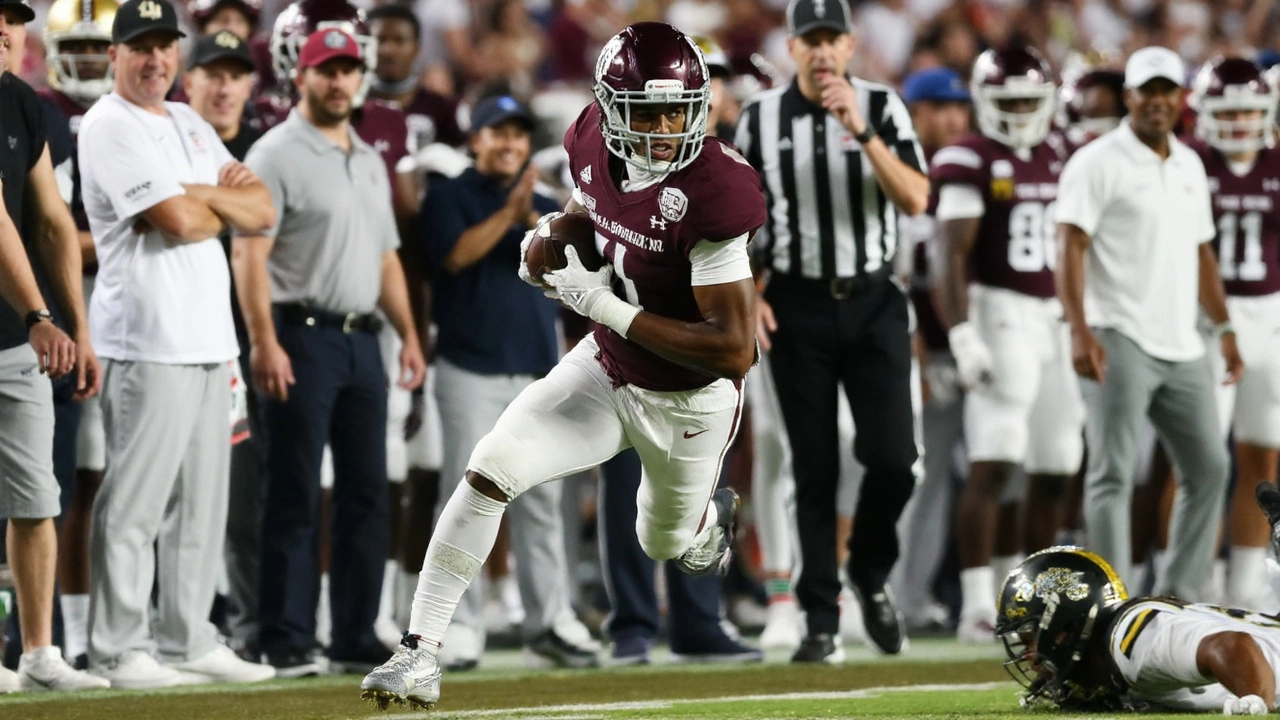

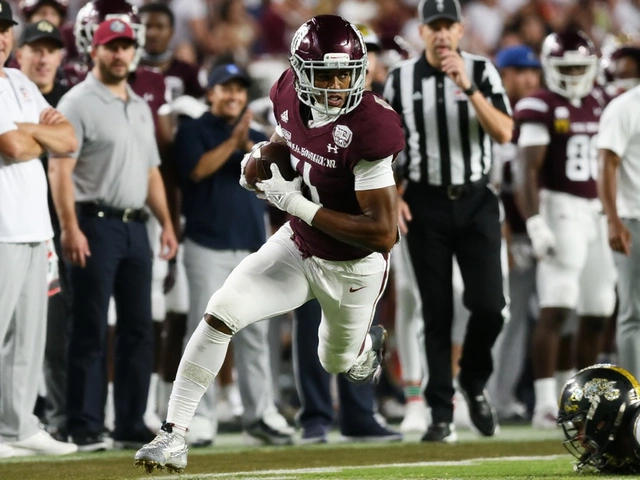


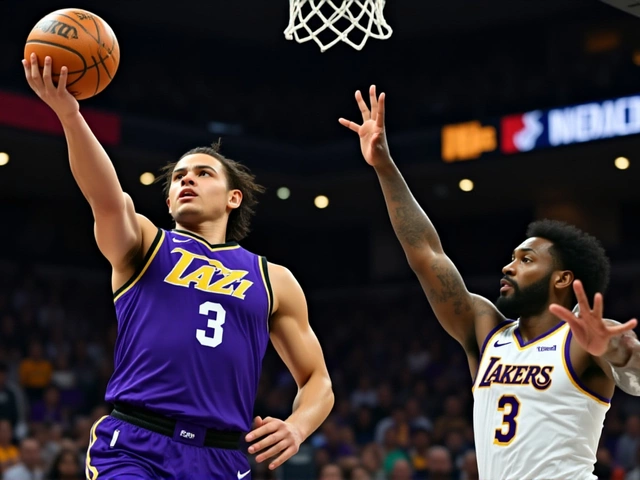

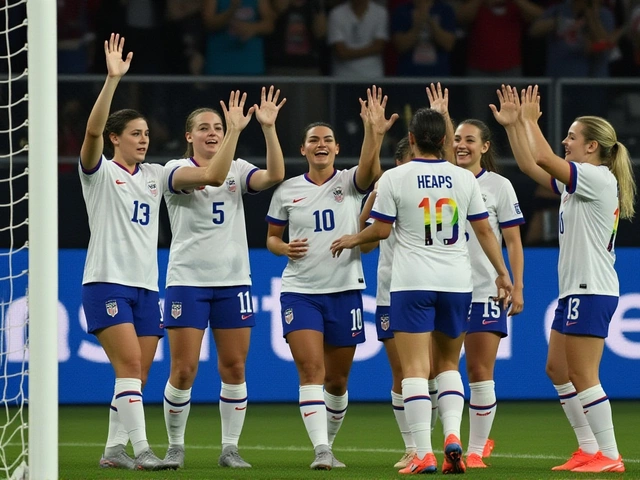
Write a comment